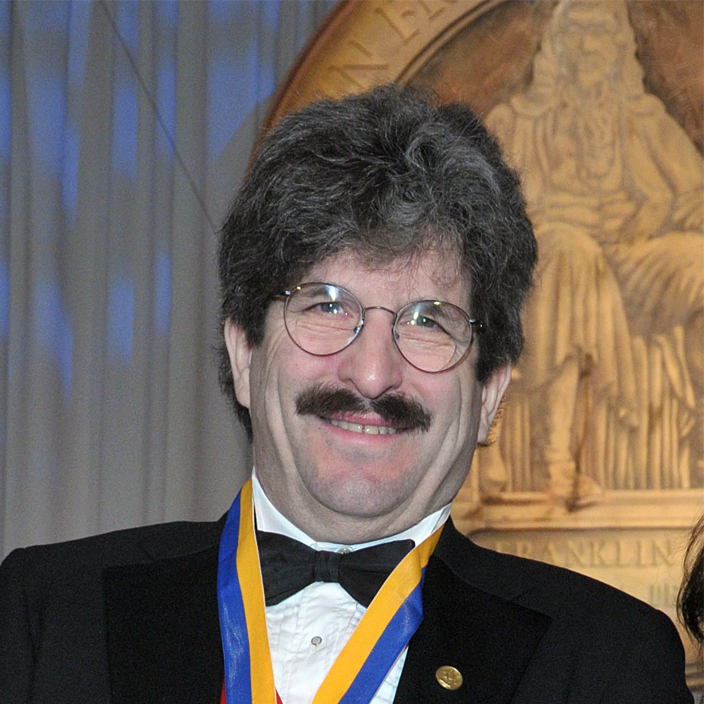
Understanding how DNA and RNA work inside plants and animals has far-reaching implications for combating disease, raising virus-resistant crops and extending the longevity of cells—and people. The genes inside cells churn out proteins to govern all their systems—from how to build cellular structures to whether a cell lives or dies.—and for decades RNA was thought merely to assist production of those proteins. The paradigm of that understanding was well-entrenched in the 1990s, before the work of Victor Ambros, Gary Ruvkun and David Baulcombe helped turn it upside-down, showing that the role of RNA had a much wider scope. Through their research, done jointly and in parallel, these scientists discovered tiny strands of RNA some 20 nucleotides long, which could turn genes off and prevent them from functioning—gene "silencing." Their work has set off an onslaught of research to study the breadth of important cellular processes influenced by small RNA.
Gary Ruvkun earned an A.B. in biophysics from the University of California at Berkeley in 1973 and his Ph.D. from Harvard in biophysics in 1982. His post-doctoral research at Harvard was done with two Nobel Prize winners: Walter Gilbert at Harvard and Robert Horvitz, who was at MIT. Ruvkun began to work with the roundworm C. elegans studying genes that control timing of development. In 1985 he joined the faculty of Harvard Medical School, where he remains today as a professor of genetics.
The Ruvkun lab worked in concert with Victor Ambros, who had also done post-doctoral work with Horvitz. In 1993 the groups discovered a short strand of RNA in C. elegans that, instead of helping to churn out proteins—the sole job RNA was thought to do—performed specialized functional work on the cell. The strand, known as lin-4, helped in the genetic pathway of developmental timing for the cell by interacting with the first product of a target gene to block its function. Several years later, Ruvkun discovered a second small RNA of this type, called let-7 and found it existed in a wide range of other animals, thus suggesting these microRNAs, as they are now called, were indeed ubiquitous.
Ruvkun has gone on to computationally find hundreds of these short RNAs; he refers to them as 'the dark matter of genetics,' since there are so many and they are so important, yet until a few years ago they went undetected. He also studies aging, fat and molting, among other topics, and the roles of microRNAs in some of these.
He has not abandoned his original roundworm, as he attempts to discover the components of the microRNA pathways in C. elegans. Ruvkun has written over 100 research papers and has several issued and pending patents. He is the recipient of an NIH Merit Award and the Rosenstiel Award from Brandeis University.
Information as of April 2008

